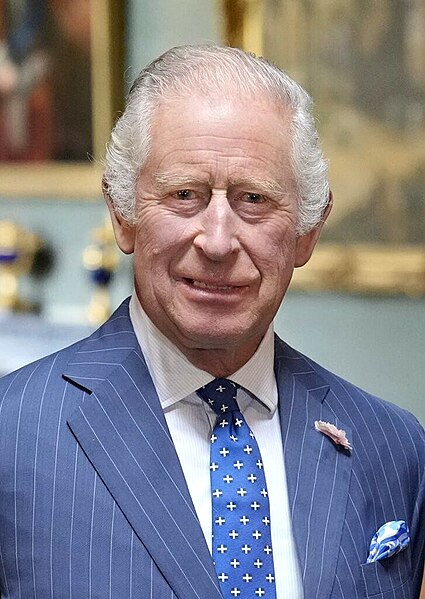Please join us on our Facebook group at Facebook: Unofficial Royalty
* * * * * * * * * *
Royal News Recaps are published Mondays-Fridays and on Sundays, except for Thanksgiving in the United States, Christmas Eve and New Year’s Eve. The Royal News Recap for Sundays will be a weekend recap. If there is any breaking or major news, we will add an update as necessary.
* * * * * * * * * *
This article is the intellectual property of Unofficial Royalty and is NOT TO BE COPIED, EDITED, OR POSTED IN ANY FORM ON ANOTHER WEBSITE under any circumstances. It is permissible to use a link that directs to Unofficial Royalty.
* * * * * * * * * *
Unofficial Royalty
Denmark
- Danish Royal House: Read HM The King’s New Year Address 2024
- Copenhagen Post: King Frederik gave his first New Year’s speech yesterday
- Daily Mail: King Frederik and Queen Mary of Denmark host their first annual New Year’s dinner alongside their dashing son Prince Christian, 19, and other glamorous royals
- Getty Images: Danish Royals Host New Year’s Gala Dinner
- Hello: King Frederik’s ‘poetic’ New Year’s speech: Everything the new monarch said in his debut address
Japan
Monaco
Norway
United Kingdom
- Daily Mail: The rudest royals revealed: From Lord Snowdon dismissing a radio interview to Princess Margaret’s ‘discourteous behaviour’
- Daily Mail: Inside the Royal Family’s gruelling 2024 and how it’s overtaken their 1992 crisis – from shock cancer diagnoses, secret finance woes, the Chinese ‘spy’ scandal and TWO embarrassing TV shows about disgraced Prince Andrew
- Daily Mail: Sarah Ferguson posts paid partnership clip on Instagram plugging mental health app – after King Charles ‘cut off’ Prince Andrew
- Daily Mail: Prince Louis sends royal fans into hysterics with ‘Terry’s Chocolate Orange mishap’ during Christmas church service – after proudly telling the clergyman he had already received a sweet treat as a present
- Daily Mail: The night Queen Elizabeth dropped into a homeless shelter before heading down the River Thames to join Tony Blair to open one of his ‘pet projects’ – the Millennium Dome
- Daily Mail: Beaming Zara and Mike Tindall join their animated children Mia, 10, Lena, 6, and Lucas, 3, as they step out at Cheltenham
- Daily Mail: Kate Middleton and Prince William say farewell to 2024 with collection of touching photos
- Daily Mail: Prince Harry takes Archie surfing in California: Duke’s five-year-old son joins him at surf school
- Hello: Zara and Mike Tindall’s children steal the show at races ahead of family separation
- Hello: Prince Archie looks so big as he surfs with ‘twin’ Prince Harry
* * * * * * * * * *
Disclaimer:Please be advised that any media article titles or content that appear in the Royal News which identify members of royal families with their maiden names, nicknames, incorrect style or title, etc., come directly from the media source and not from Unofficial Royalty. We encourage you to contact the media sources to express your concern about their use of the incorrect name, style, title, etc. Contact information can usually be found at the bottom of each media source’s main page.



 Just hours after it was announced that The Princess of Wales had undergone successful abdominal surgery, Buckingham Palace announced that King Charles III will be treated for a benign prostate condition next week. The statement stresses that it is a benign condition, but the King will undergo a “corrective procedure”. The King’s engagements will be postponed for a brief period of time.
Just hours after it was announced that The Princess of Wales had undergone successful abdominal surgery, Buckingham Palace announced that King Charles III will be treated for a benign prostate condition next week. The statement stresses that it is a benign condition, but the King will undergo a “corrective procedure”. The King’s engagements will be postponed for a brief period of time.